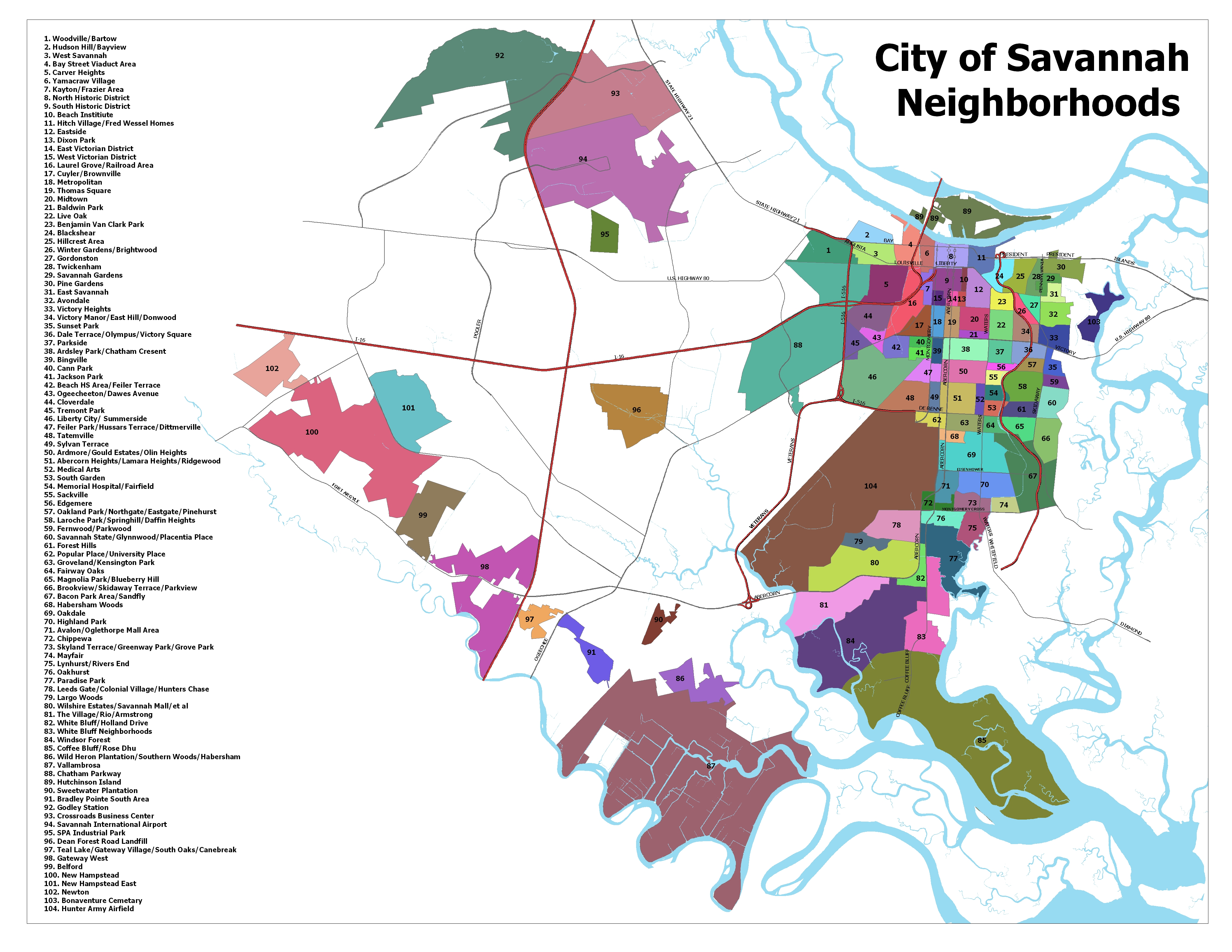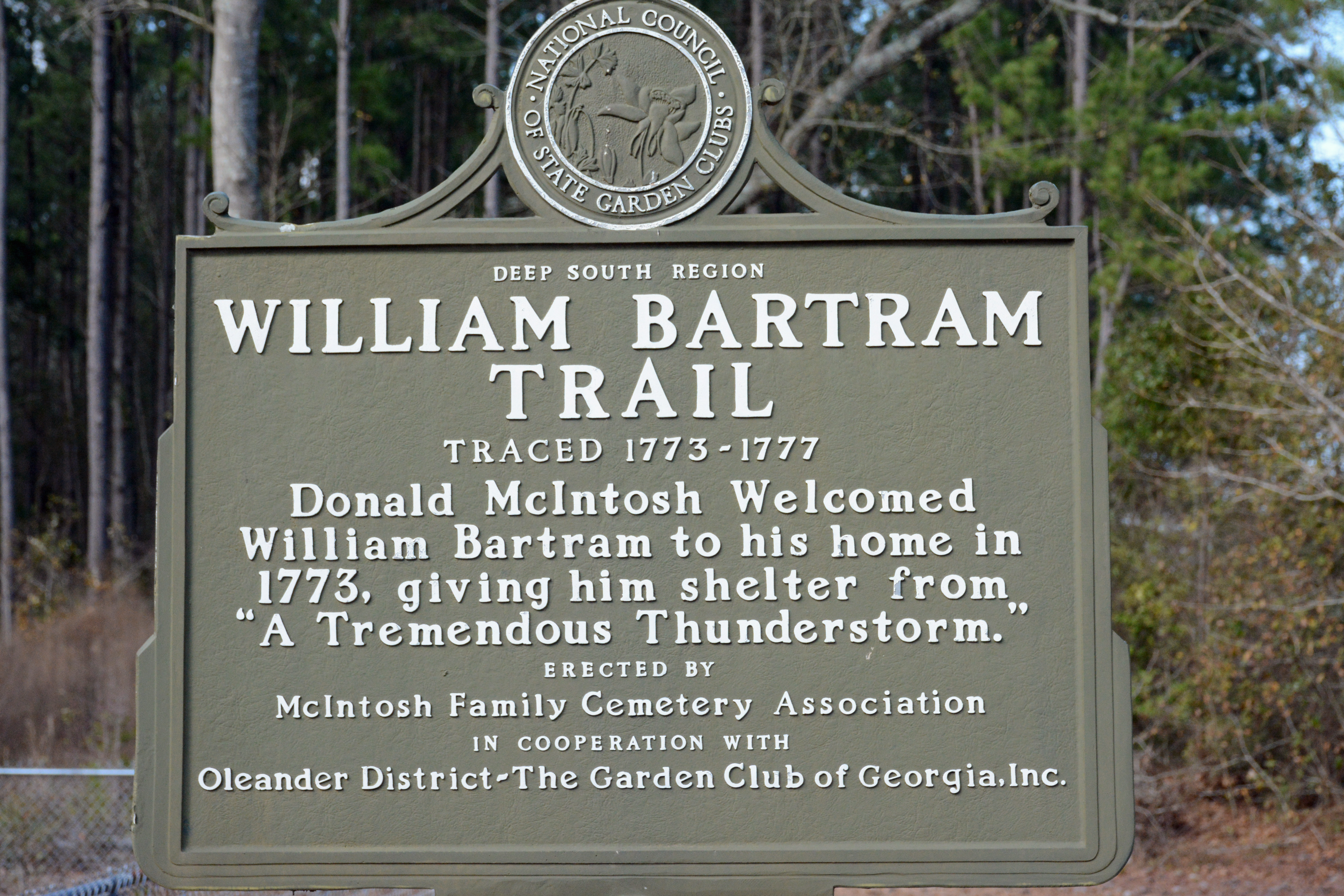|
Mary Musgrove
Mary Musgrove (Muscogee name, Coosaponakeesa, c. 1700–1765) was a leading figure in early Georgia history. Mary was the daughter of Edward Griffin, a trader from Charles Town in the Province of Carolina, of English heritage, and a Muscogee Creek mother. Mary contributed to the development of colonial Georgia and became an important intermediary between Muscogee Creek natives and the Georgia colonists. She attempted to carve out a life that merged both cultures and fought for her own rights in both worlds. Early life Mary Musgrove was born in the Creek Indian "Wind Clan" with the Creek name Coosaponakeesa in Coweta Town along the Ockmulgee River. She was the daughter of a Creek Native American woman and Edward Griffin, a trader from Charles Town in the Province of Carolina, of English descent. Her mother died when she was 3 years old and, soon after, she was taken into the custody of her grandmother. She later became known by her Christian and married names, Mary Griffin Musg ... [...More Info...] [...Related Items...] OR: [Wikipedia] [Google] [Baidu] |
Muscogee
The Muscogee, also known as the Mvskoke, Muscogee Creek, and the Muscogee Creek Confederacy ( in the Muscogee language), are a group of related indigenous (Native American) peoples of the Southeastern WoodlandsTranscribed documents Sequoyah Research Center and the American Native Press Archives in the . Their original homelands are in what now comprises southern , much of , western |
Royal Charter
A royal charter is a formal grant issued by a monarch under royal prerogative as letters patent. Historically, they have been used to promulgate public laws, the most famous example being the English Magna Carta (great charter) of 1215, but since the 14th century have only been used in place of private acts to grant a right or power to an individual or a body corporate. They were, and are still, used to establish significant organisations such as boroughs (with municipal charters), universities and learned societies. Charters should be distinguished from royal warrants of appointment, grants of arms and other forms of letters patent, such as those granting an organisation the right to use the word "royal" in their name or granting city status, which do not have legislative effect. The British monarchy has issued over 1,000 royal charters. Of these about 750 remain in existence. The earliest charter recorded on the UK government's list was granted to the University of C ... [...More Info...] [...Related Items...] OR: [Wikipedia] [Google] [Baidu] |
History Of Savannah, Georgia
The city of Savannah, Georgia, the largest city and the county seat of Chatham County, Georgia, was established in 1733 and was the first colonial and state capital of Georgia. It is known as Georgia's first planned city and attracts millions of visitors, who enjoy the city's architecture and historic structures such as the birthplace of Juliette Gordon Low (founder of the Girl Scouts of the United States of America), the Telfair Academy of Arts and Sciences (one of the South's first public museums), the First African Baptist Church (one of the oldest black Baptist congregations in the United States), Congregation Mickve Israel (the third-oldest synagogue in America), and the Central of Georgia Railway roundhouse complex (the oldest standing antebellum rail facility in America). Today, Savannah's downtown area is one of the largest National Historic Landmark Districts in the United States (designated in 1966). History Native settlers The Yamacraws, a Native American tribe, ... [...More Info...] [...Related Items...] OR: [Wikipedia] [Google] [Baidu] |
Creek Mythology
Creek mythology is related to a Muscogee tribe who are originally from the southeastern United States, also known by their original name Mvskoke (or Muskogee), the name they use to identify themselves today.Transcribed documents Sequoyah Research Center and the American Native Press Archives ''Mvskoke'' is their name in traditional spelling. Modern Muscogees live primarily in Oklahoma, , , and |
Creek Language
The Muscogee language (Muskogee, ''Mvskoke'' in Muscogee), also known as Creek, is a Muskogean language spoken by Muscogee (Creek) and Seminole people, primarily in the US states of Oklahoma and Florida. Along with Mikasuki, when it is spoken by the Seminole, it is known as Seminole. Historically, the language was spoken by various constituent groups of the Muscogee or ''Maskoki'' in what are now Alabama and Georgia. It is related to but not mutually intelligible with the other primary language of the Muscogee confederacy, Hitchiti-Mikasuki, which is spoken by the kindred Mikasuki, as well as with other Muskogean languages. The Muscogee first brought the Muscogee and Miccosukee languages to Florida in the early 18th century. Combining with other ethnicities there, they emerged as the Seminole. During the 1830s, however, the US government forced most Muscogee and Seminole to relocate west of the Mississippi River, with most forced into Indian Territory. The language is today spo ... [...More Info...] [...Related Items...] OR: [Wikipedia] [Google] [Baidu] |
Savannah Women Of Vision
The Savannah Women of Vision investiture, created by Savannah College of Art and Design (SCAD) President and Founder Paula Wallace, commemorates women of notable altruistic and intellectual achievement from Savannah, Georgia. The first induction was in 2016 at SCAD Arnold Hall, and has continued biennially. About the investiture The origins of the Savannah Women of Vision investiture can be traced to the proscenium in the university's historic Arnold Hall, anchored by a New Deal-era mural that depicts Savannah's historical leaders: Button Gwinnett, Nathanael Greene, George Whitefield, and Casimir Pulaski, among others. Wallace noticed the omission of women in this visual depiction of the notable citizens of Savannah. As Wallace explains, "Savannah as we know it rests on the triumphs of its women — mothers, entrepreneurs, authors, patriots, philanthropists. I created the Savannah Women of Vision investiture to illuminate trailblazers and their transcendent work, keeping their na ... [...More Info...] [...Related Items...] OR: [Wikipedia] [Google] [Baidu] |
Savannah, GA
Savannah ( ) is the oldest city in the U.S. state of Georgia and is the county seat of Chatham County. Established in 1733 on the Savannah River, the city of Savannah became the British colonial capital of the Province of Georgia and later the first state capital of Georgia. A strategic port city in the American Revolution and during the American Civil War, Savannah is today an industrial center and an important Atlantic seaport. It is Georgia's fifth-largest city, with a 2020 U.S. Census population of 147,780. The Savannah metropolitan area, Georgia's third-largest, had a 2020 population of 404,798. Each year, Savannah attracts millions of visitors to its cobblestone streets, parks, and notable historic buildings. These buildings include the birthplace of Juliette Gordon Low (founder of the Girl Scouts of the USA), the Georgia Historical Society (the oldest continually operating historical society in the South), the Telfair Academy of Arts and Sciences (one of the South's ... [...More Info...] [...Related Items...] OR: [Wikipedia] [Google] [Baidu] |
Colleton County, SC
Colleton County is in the Lowcountry region of the U.S. state of South Carolina. As of the 2020 census, the population was 38,604. Its county seat is Walterboro. The county is named after Sir John Colleton, 1st Baronet, one of the eight Lords Proprietor of the Province of Carolina. After two previous incarnations, the current Colleton County was created in 1800. History In 1682, Colleton was created as one of the three original proprietary counties, located in the southwestern coastal portion of the new South Carolina Colony and bordering on the Combahee River. In 1706, the county was divided between the new Saint Bartholomew and Saint Paul parishes. This area was developed for large plantations devoted to rice and indigo cultivation as commodity crops. The planters depended on the labor of African slaves transported to Charleston for that purpose. In the coastal areas, black slaves soon outnumbered white colonists, as they did across the colony by 1708. In 1734, most of the ... [...More Info...] [...Related Items...] OR: [Wikipedia] [Google] [Baidu] |
William Bartram
William Bartram (April 20, 1739 – July 22, 1823) was an American botanist, ornithologist, natural historian and explorer. Bartram was the author of an acclaimed book, now known by the shortened title ''Bartram's Travels'', which chronicled his explorations of the southern British colonies in North America from 1773 to 1777. Bartram has been described as "the first naturalist who penetrated the dense tropical forests of Florida". Bartram was one of the first ornithologists born in America. In 1756, at the age of 17, he collected the type specimens of 14 species of American birds, which were illustrated and described by the English naturalist George Edwards in ''Gleanings of Natural History'' vol. 2 (1760). These accounts formed the basis of the scientific descriptions of Linnaeus (1707–1778), Johann Friedrich Gmelin (1748–1804) and John Latham (1740–1837). Bartram also made significant contributions to botanical literature. Like his father, he was a member of the Amer ... [...More Info...] [...Related Items...] OR: [Wikipedia] [Google] [Baidu] |
Benjamin Hawkins
Benjamin Hawkins (August 15, 1754June 6, 1816) was an American planter, statesman and a U.S. Indian agent He was a delegate to the Continental Congress and a United States Senator from North Carolina, having grown up among the planter elite. Appointed by George Washington in 1796 as one of three commissioners to the Creeks, in 1801 President Jefferson named him "principal agent for Indian affairs south of the Ohio iver, and was principal Indian agent to the Creek Indians. Hawkins established the Creek Agency and his plantation near present-day Roberta, Georgia, in what became Crawford County. He learned the Muscogee language, and had a Creek woman, Lavinia Downs, as common-law wife, who, in the Creek's matrilineal society, provided an entry into that world. He had seven children with her, although he resisted Creek pressure to marry her until near the end of his life. He wrote extensively about the Creek and other Southeast tribes: the Choctaw, Cherokee and Chickasaw. He e ... [...More Info...] [...Related Items...] OR: [Wikipedia] [Google] [Baidu] |
Henry Ellis (governor)
Henry Ellis (August 29, 1721 – January 21, 1806) was an Irish explorer, author and slave trader who served as the governor of the colonies of Georgia and Nova Scotia. Biography Early years Ellis was born August 29, 1721, in County Monaghan, Ireland, the son of Francis and Joan (''née'' Maxwell) Ellis. He studied law at the Middle Temple in London. In May 1746, he went out as agent of a company for the discovery of the Northwest Passage. After extinguishing with difficulty a fire in his ship, he sailed to Greenland, where he exchanged commodities with the Inuit peoples on July 8. He then proceeded to Fort Nelson and wintered in Hayes River. He renewed his efforts in June 1747, without success, and returned to England where he arrived on October 14. He published an account of his explorations in 1748, entitled ''A voyage to Hudson's-Bay by the ''Dobbs Galley'' and ''California'' in the years 1746 and 1747 for discovering a North West Passage''" and in 1750 published ''Cons ... [...More Info...] [...Related Items...] OR: [Wikipedia] [Google] [Baidu] |
Altamaha River
The Altamaha River is a major river in the U.S. state of Georgia. It flows generally eastward for 137 miles (220 km) from its origin at the confluence of the Oconee River and Ocmulgee River towards the Atlantic Ocean, where it empties into the ocean near Brunswick, Georgia. No dams are directly on the Altamaha, though some are on the Oconee and the Ocmulgee. Including its tributaries, the Altamaha River's drainage basin is about in size, qualifying it among the larger river basins of the US Atlantic coast.The Altamaha River Course [...More Info...] [...Related Items...] OR: [Wikipedia] [Google] [Baidu] |








